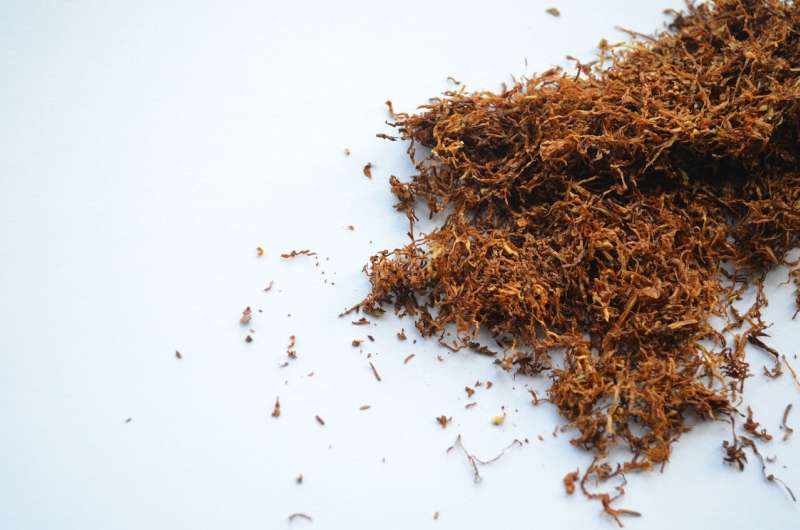Does youth tobacco use drop after cities ban flavored tobacco sales?

In a special communication published in Tobacco Control, investigators report finding considerable weaknesses in a previous analysis of San Francisco data suggesting that flavored tobacco bans applied to electronic nicotine delivery systems and combustible tobacco products might increase youth combustible cigarette use, and instead reached the opposite conclusion. The team's own research in Oakland, California, supports this conclusion.
"Flavored tobacco products appeal to kids, lead to more adolescent tobacco use and addiction, and increase the odds of using other tobacco products like cigarettes," says senior author Jonathan P. Winickoff, MD, MPH, a pediatrician at MassGeneral Hospital for Children and a professor of pediatrics at Harvard Medical School. "However, a recent research letter published in JAMA Pediatrics in 2021 concluded that the law in San Francisco banning the sale of flavored tobacco products—which was enforced starting in January 2019—was followed by a statistically significant increase in cigarette smoking by San Francisco high school students."
That study used data from the Youth Risk Behavior Surveillance System (YRBSS), which has collected data from more than 4.9 million U.S. high school students in more than 2,100 separate surveys from 1991 to 2019. Following its publication, non-academic community members and an organization associated with the tobacco industry used the study to justify their opposition to flavored tobacco restrictions.
When Winickoff and his team carried out a more thorough analysis, however, they noted that although the data used in the study came from the 2019 YRBSS, the surveys were actually conducted in late 2018, when compliance with the city's flavored tobacco sales restriction was fairly low. Compliance was only 17% in December 2018, and it increased through 2019, after the restriction was enforced, to up to 80%.
"We wanted to make sure the data checked out. We found out that the data were collected before enforcement of the San Francisco flavor ban started, invalidating the result. In effect, this was a before and after analysis without any 'after' data," says Winickoff.
The more recent study by Winickoff and his colleagues focused on Oakland, which implemented a convenience store flavored tobacco sales restriction that was effective starting in July 2018. Data for the 2019 Oakland YRBSS were collected after this restriction went into effect.
Following the sales restriction, high school youth vaping and cigarette use declined in Oakland, although these observations of patterns were purely descriptive and observational and did not represent statistically significant changes.
"Parents, teachers, pediatricians, and every major health organization across the country who are all working together to try to protect kids by passing tobacco flavor bans will now be better able to refute scientifically the argument from the tobacco industry that reducing access to flavored tobacco may motivate youth who would otherwise vape to substitute smoking," says Winickoff.
More information: Jessica Liu et al, Youth tobacco use before and after flavoured tobacco sales restrictions in Oakland, California and San Francisco, California, Tobacco Control (2022). DOI: 10.1136/tobaccocontrol-2021-057135


















